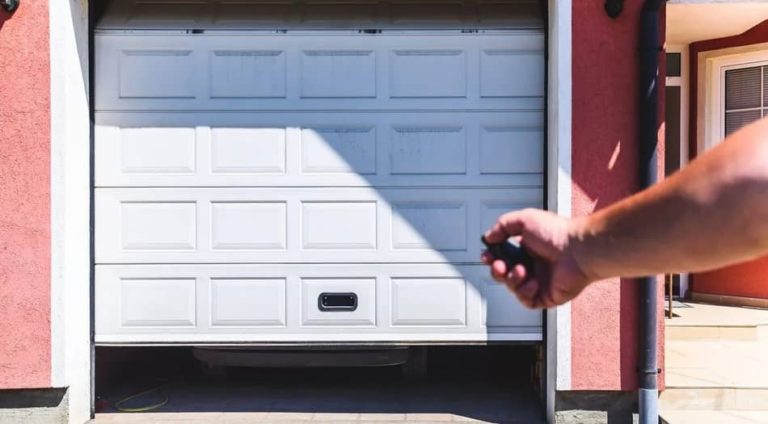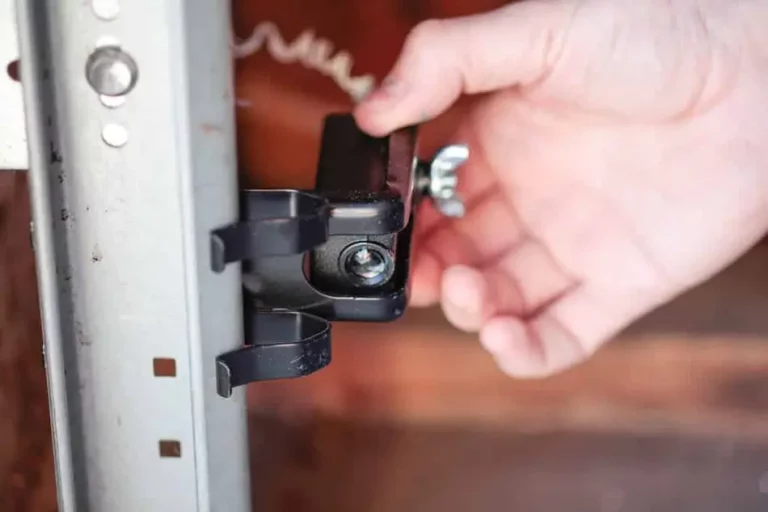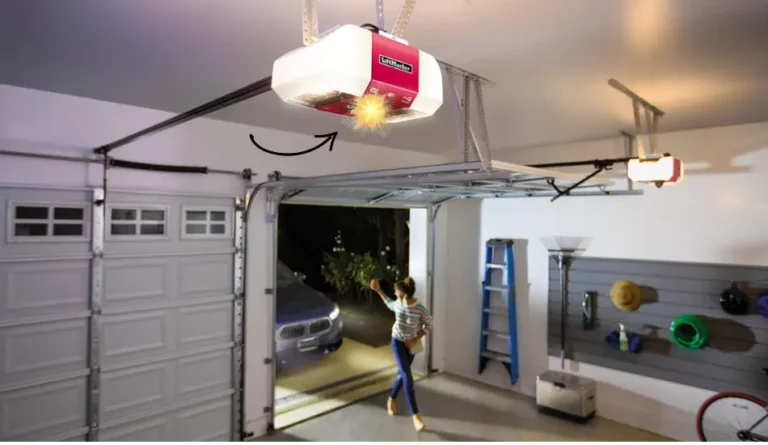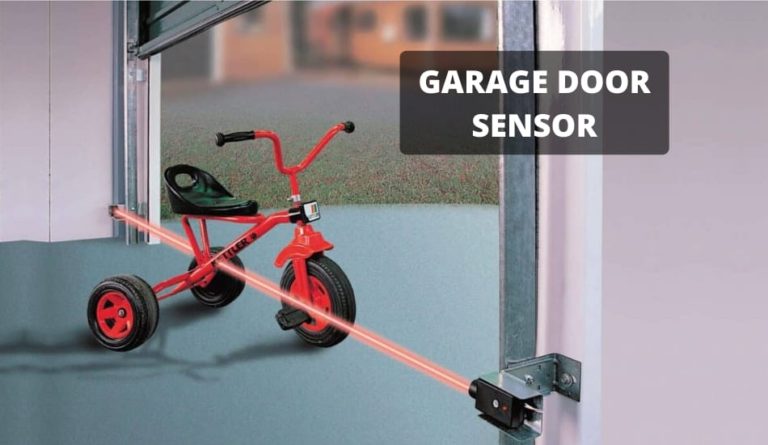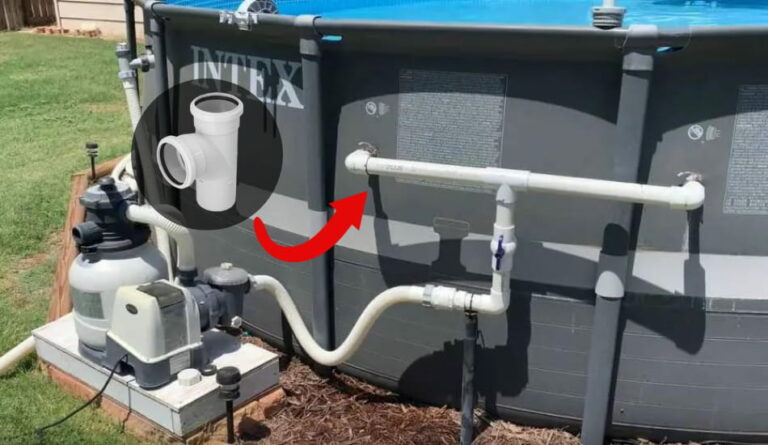How to Bypass Garage Door Sensors? 6 Easy Ways
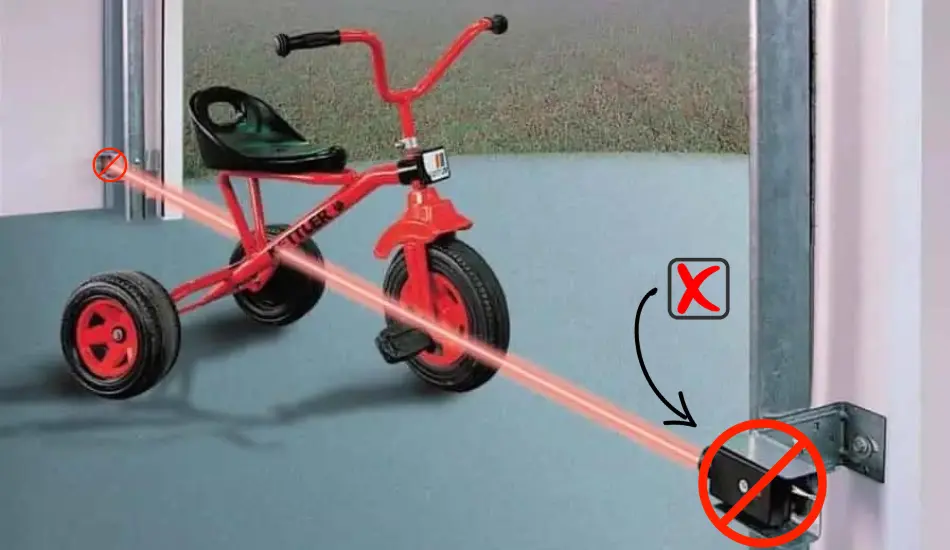
Garage door sensors play an important role in ensuring safety and security. However, there are situations where you might need to operate the garage door without engaging these sensors. For instance, your vehicle may be too high to pass under the sensor, or perhaps you’re seeking a quicker way to access your garage. Luckily, bypassing these sensors is possible. In this article, we’ll explain how to bypass garage door sensors. So, let’s start!
How to Bypass Garage Door Sensors? To bypass garage door sensors, press and hold the garage door button, which can override the sensors temporarily. Another method is to switch to manual operation by pulling the red emergency release cord. Lastly, realign the sensors so they don’t directly face each other, tricking the system into thinking the path is clear.
Using the garage door without the sensors is not recommended for safety reasons, but it is possible to bypass them. However, to ensure your garage door operates smoothly, even without sensors, we’ll delve into the steps necessary to bypass the sensors safely and efficiently. Remember, while disabling sensors can be convenient, it’s always important to prioritize safety and security. First, let’s explain what garage door sensors are.
Related Article: How to Disable Garage Door Sensors? 3 Easy Ways
Table of Contents
What Do Garage Door Sensors Do?
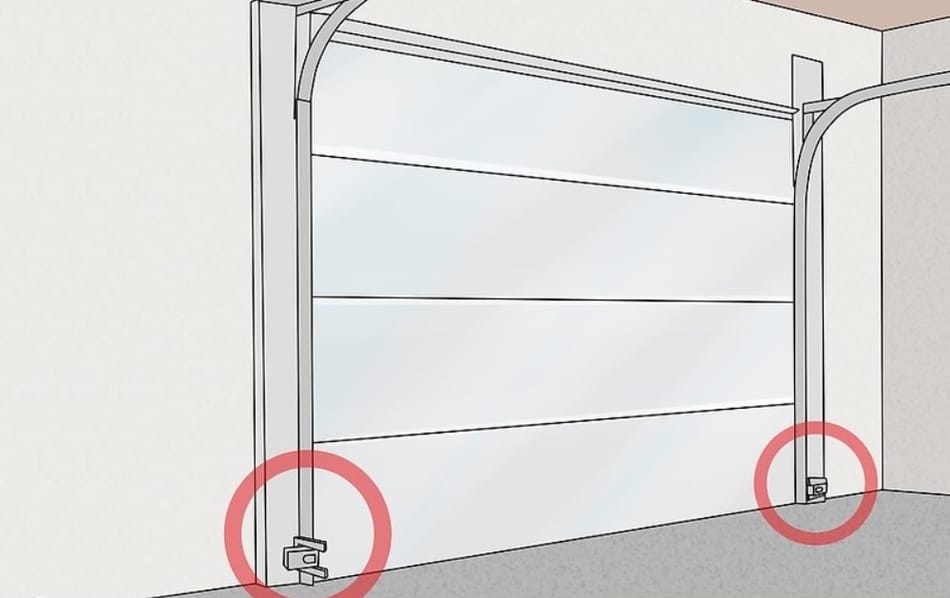
Garage door safety sensors are equipped with a feature known as the photo-eye. Positioned on either side of your garage door, usually no higher than six inches from the ground, these infrared sensors work together to form an invisible barrier.
This barrier is designed to detect any obstruction in the path of the closing garage door. When an obstruction is detected, these sensors trigger the garage door to stop closing and reverse its direction, ensuring safety.
Given their vital role in preventing accidents, it’s clear why safety sensors are an essential part of your garage door mechanism. Prompt attention and regular maintenance are advised whenever you notice any malfunctioning in these sensors to maintain the safety and functionality of garage doors.
Now that we have learned what garage door sensors are and how they function let’s see how to bypass them and open and close garage doors without them.
Related Article: Why Is My Garage Door Sensor Blinking Red?
6 Ways To Bypass Garage Door Sensors
When considering the option of bypassing your garage door sensors, there are several methods you can use. Each method has its unique approach and requires specific items you may already have at home. Here are 6 ways to bypass garage door sensors:
1. Use a Reflective Material

A reflective material is an easy way to deceive your garage door sensors. The idea is to bounce the infrared light emitted by the sensors back onto themselves. This creates the illusion that the path is clear, enabling the door to open. You can use a normal mirror for this.
2. Use a Small Laser
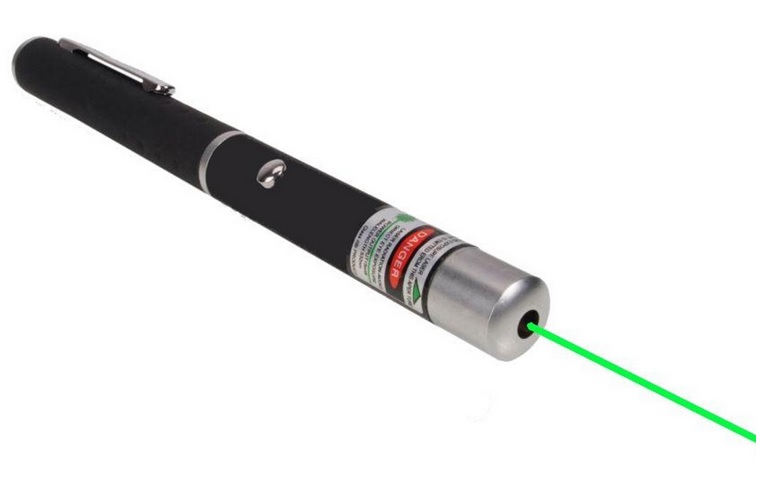
Another effective method is using a laser pointer. Directing the laser beam toward the sensor will cause the light to reflect back, tricking the sensor into believing the path is unobstructed. This simple trick can allow you to operate your garage door with ease.
3. Use a Piece of Tape

For those who don’t have a reflector or laser pointer, adhesive tape can serve as a quick fix. Covering the sensor with tape can reflect the light like the reflector, making the sensor assume there’s no blockage. These methods offer different ways to bypass garage door sensors temporarily.
4. Press and Hold the Garage Door Button
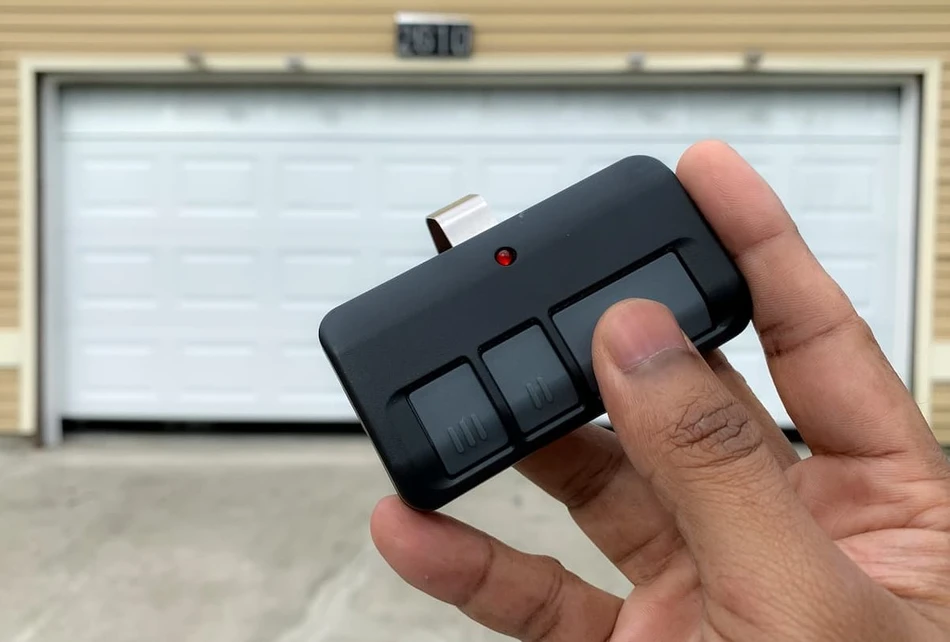
One simple yet effective way to bypass garage door sensors is by holding down the garage door opener button. This sustained press can temporarily override the sensor system, allowing your garage door to open. Remember, this method is only effective if the sensors are functional and not compromised.
5. Switch Garage Door To Manual Operation
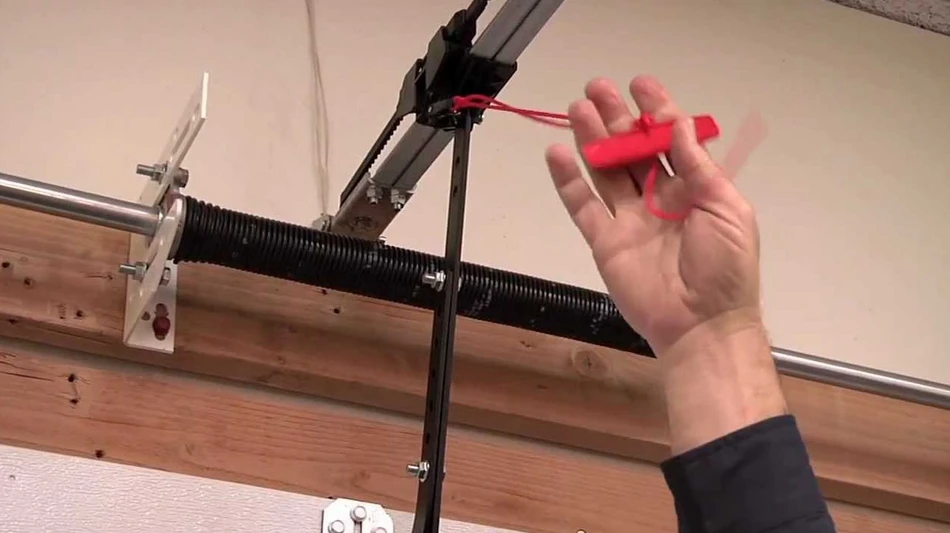
Another option is to switch your garage door into manual mode. This can be achieved by pulling the red cord typically found attached to the garage door mechanism. Engaging this cord disengages the automatic opener, allowing you to operate the door manually. As with the button press method, ensure your sensors are not damaged for this to work effectively.
6. Hack the Sensor Alignment
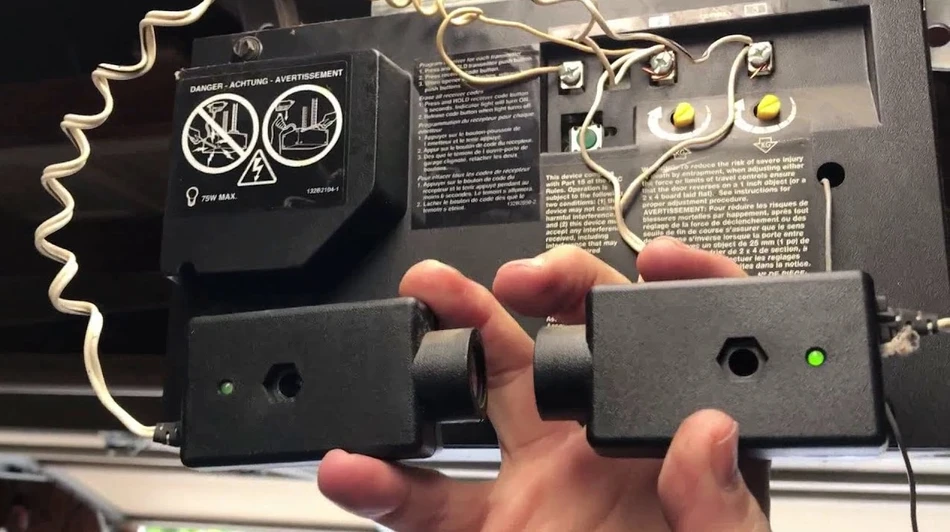
For those who are more technically inclined and comfortable with tools, adjusting the alignment of the sensors is a more complex solution. This requires disconnecting the sensors from the garage door opener and then repositioning them so they no longer directly face each other. Adjusting their vertical alignment is key to this method. After realignment, your garage door should operate smoothly without sensor interference.
Related Article: Garage Door Opener Sensor Wiring Diagram
How to Bypass Your Garage Door Sensors Permanently
If you permanently bypass garage door sensors, be prepared to engage in some basic electrical modifications. For this task, it’s important to remember that this method is only possible if your sensors are still working. The main goal here is to modify the sensors so they think they’re connected, even though they will be disabled.
Here are the key steps for permanently bypassing your garage door sensors:
- Disconnect the sensor wires.
- Securely fasten the sensors together.
- Reconnect the sensor wires in the new setup.
- Find a new location to place the sensors.
This process, while straightforward, should be approached with caution. Remember, bypassing safety features like garage door sensors should always be a last resort, given the potential security risks involved.
If you want to learn more about this topic, watch this YouTube video:
Related Article: What Is A Garage Door Opener DIP Switch?
Why You Shouldn’t Bypass Garage Door Sensors
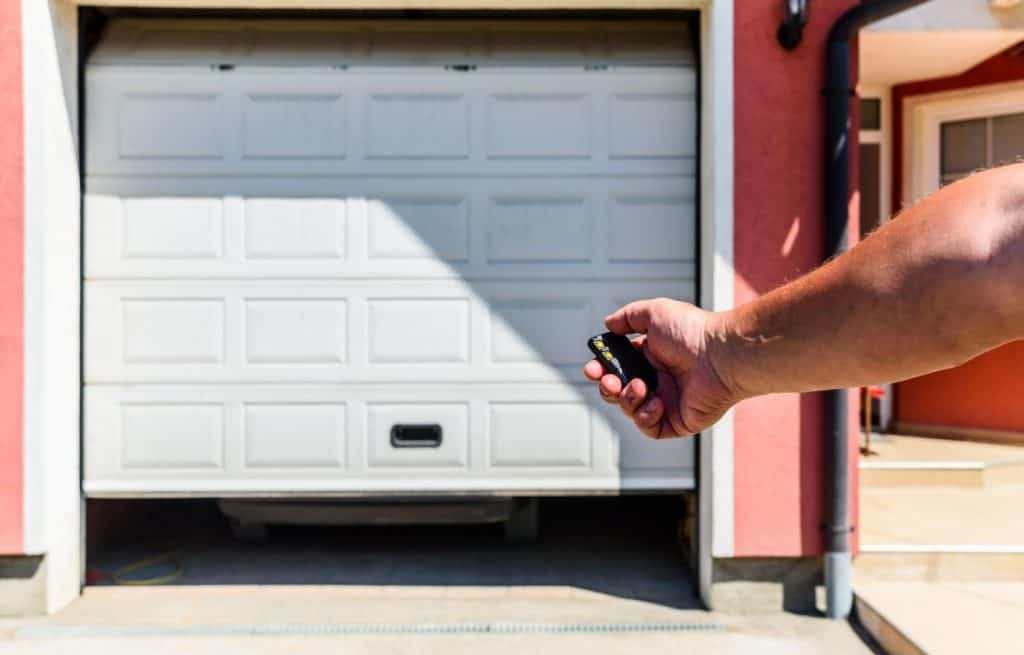
Garage door sensors are a crucial safety component in modern automatic garage door systems. Positioned at the base of your garage door, these sensors play an important role in preventing the door from closing if there’s any obstacle in its path. Despite their importance, these sensors are not immune to issues. Sometimes, they may malfunction, causing the garage door to halt unexpectedly, even without obstruction.
Although some garage owners bypass these sensors, it is not recommended. It’s crucial to be aware that bypassing these sensors comes with significant risks. Deactivating the sensors makes your home more susceptible to unwanted intruders. Burglars often seek easy entry points, and an unprotected garage door could be just that.
Therefore, while bypassing the sensors might seem like a convenient solution to a malfunctioning garage door, it’s essential to consider the security implications. Ensuring the safety of your home and loved ones should always be a priority.
Related Article: Can Garage Door Opener Work Without Sensors?
FAQ: People Also Ask
Do you have to use the sensors on a garage door opener?
Modern garage door openers come equipped with additional sensors that are designed to identify any objects in the path of a closing door. These sensors prevent the door from shutting until the pathway is clear. However, despite these safety measures, it’s still possible to override garage door openers and their sensors when necessary.
How do I know if my garage door sensor is broken?
Check the indicator light to see if your garage door sensor works properly. A malfunction is likely if the green light is blinking or not on. A practical test involves using a cardboard box taller than 6 inches and placing it in the sensor’s path. If the garage door closes completely despite the box’s presence, it’s a clear sign that the sensors are not operating correctly.
Final Thoughts
In conclusion, while there are several methods to bypass garage door sensors, such as holding the opener button, switching to manual mode, or adjusting sensor alignment, it’s important to remember that these sensors are crucial safety features.
Bypassing them should be a temporary solution and done with caution. It’s always recommended to address the underlying issues causing sensor malfunctions, whether that involves cleaning, realignment, or seeking professional help. Regular maintenance and timely repairs can ensure your garage door operates safely and efficiently, maintaining the security and functionality of your home. I hope this article has helped you, and if you have any other questions, feel free to comment below.


